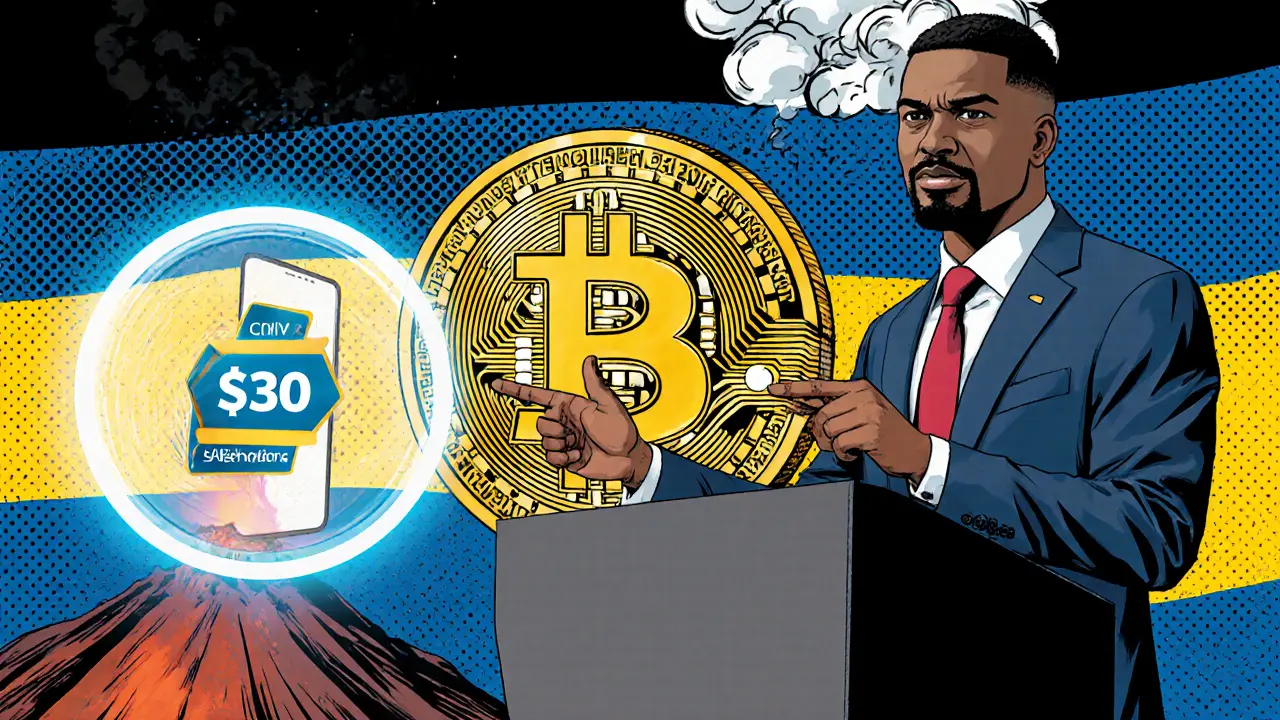IMF: The International Monetary Fund’s Impact on Crypto and Global Markets
When you hear IMF, the International Monetary Fund, a global financial institution that monitors economies, provides policy advice, and offers financial assistance to member countries. Also known as International Monetary Fund, it plays a key role in shaping monetary policy, overseeing currency stability, and influencing regulatory frameworks worldwide.
The IMF isn’t just about sovereign debt; it’s now a major voice in cryptocurrency regulation, the set of rules that govern how digital assets are created, traded, and taxed. Its annual Financial Stability Reports flag emerging risks from decentralized finance, pushing governments to consider licensing, AML standards, and consumer protection. At the same time, the IMF monitors sanctions, economic measures aimed at limiting certain countries or entities from accessing global finance. When nations face sanctions, the IMF advises on using crypto channels responsibly, warning against illicit bypasses that could trigger further penalties. Stablecoins also sit under the IMF’s radar; it treats them as stablecoins, digital tokens pegged to fiat currencies or assets, meant to reduce volatility in crypto markets. By assessing their reserve backing, governance, and systemic impact, the IMF helps shape global standards that protect investors while encouraging innovation. In short, the IMF influences monetary policy, requires robust compliance, and enables cross‑border crypto adoption—creating a network of connections that affect everything from a trader in Nigeria to a blockchain startup in Dubai.
Why the IMF Matters for Crypto Enthusiasts
In 2025, the IMF’s focus on global markets, the worldwide network of financial exchanges, asset classes, and economic indicators has never been sharper. Its policy briefs now include sections on blockchain AML technology, urging firms to adopt AI‑driven analytics and decentralized identity solutions. This guidance directly feeds into the content you’ll find below—guides on exchange security, tax treatment of staking rewards, and country‑specific crypto regulations. For example, the IMF’s recommendations on sanction‑evasion prevention echo the reports on Russia’s mining legalization and Iran’s trade strategies, highlighting how geopolitical moves drive crypto adoption in restricted economies. Meanwhile, stablecoin oversight aligns with articles about the A7A5 token in Russia and the broader push for transparent reserve management. By tying the IMF’s macro‑level outlook to practical, on‑the‑ground tips, you’ll see a clear line from global policy to daily trading decisions. Whether you’re navigating the FCA’s advertising rules in the UK or setting up a crypto business in a UAE free zone, the IMF’s framework offers a consistent backdrop that helps you assess risk, comply with regulations, and spot opportunities.
Below, you’ll find a curated collection of articles that translate the IMF’s high‑level guidance into actionable steps. From security checklists for exchanges to deep dives on staking tax, from country‑specific legal updates to reviews of emerging DeFi platforms, each piece reflects the broader themes the IMF highlights—stability, compliance, and sustainable growth in the crypto ecosystem. Dive in to see how global policy shapes the tools and strategies you use every day.




